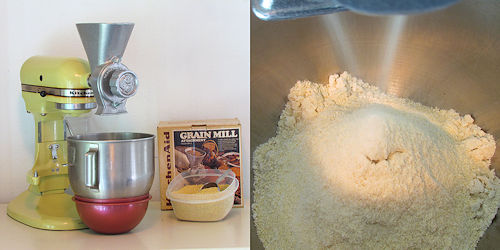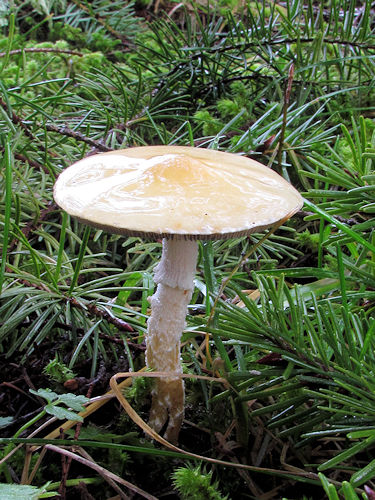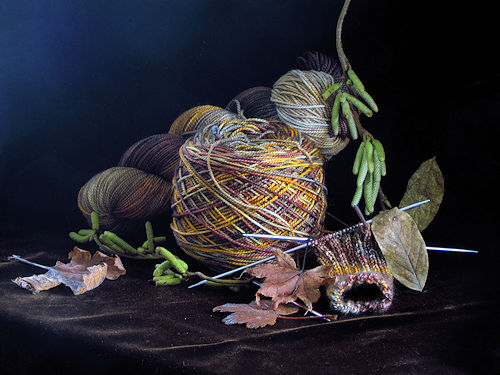Day 110: When I first encountered Hypoxylon fuscum, I mistook it for a slime mold, an understandable error when you consider its appearance. However, it is fungal, specifically a saprobic "decomposer" which feeds on decaying wood. Its preference for Corylus as a substrate led to the common name of "Hazel Woodwart," but it can affect other hardwoods, and in this instance was growing on Red Alder (Alnus rubra). Its fruiting bodies form clumps which, when fully mature, resemble black raspberries in both size and configuration, but may be white or tan when young. Individual stromata are 2-5 mm. in diameter and 0.5-2 mm in height.
Let's step into the other room for a moment to talk about words. As with most scientific disciplines, botany has its own vocabulary which breaks into even smaller subsets with each specialty. Technical terms can be daunting ("stromata," "saprobic"), but the heavy use of Latin is a stumbling block many people find it difficult to surmount. As I have mentioned before, it becomes easier when you can relate a Latin name to an English word, so let's break "Hypoxylon fuscum" into its component parts.
First of all, there is "hypo-." It means "under" or "beneath." You know what a "hypodermic" does. It puts a medicine under ("hypo-") your skin ("-dermic," from "dermis," i.e., "skin"). "Xylon" also provides an English word, although it's botanical: the xylem layer of a tree contributes to wood formation, "xylon" meaning "wood." As for "fuscum," the root word brings us "obfuscate" which, while it may not be in your everyday vocabulary, you know means to cloud or obscure an issue. "Fuscare" means "to darken," hence "fuscus" means "darkened" or "blackish." And now that we have all that sorted out, I'll leave you to think about what you've learned today.






























